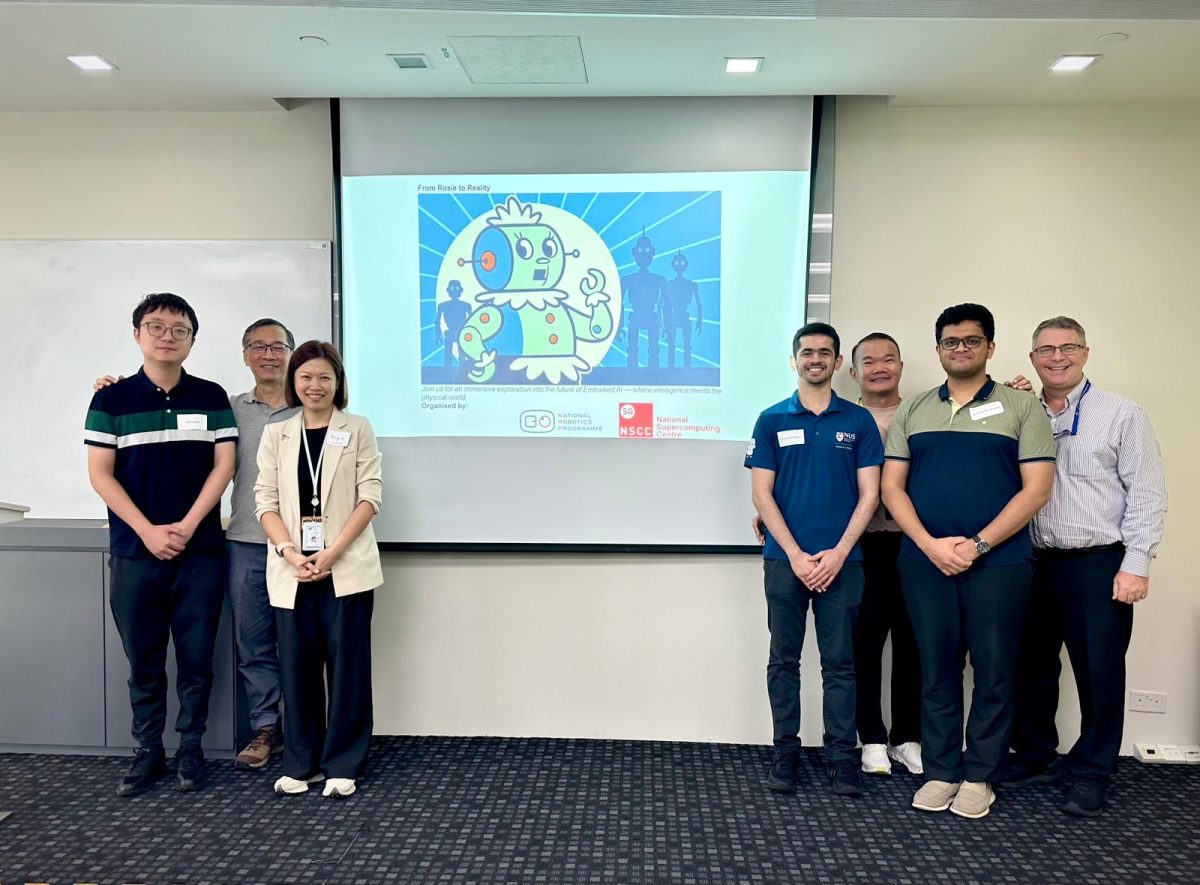Five Ways HPC Is Enabling Digital-Based Learning
By Chia Pei Ling
The never-ending stream of online content combined with thousands of posts flooding social media have made us a more digitally engaged society today than ever before. However, our use of technology is not just limited to entertainment and socializing. This ability for digital content to engage the new tech-savvy generation is being leveraged to introduce a new form of education delivery: digital-based learning.
Enabled by the massive data processing powers and lightning-fast speeds of high-performance computing (HPC), digital-based learning employs the latest innovations in educational technology (EdTech) applications, online learning platforms, virtual reality and virtual teachers driven by artificial intelligence (AI). Education delivery is poised to enter a new frontier—one that promises to provide students with a highly personalized and engaging learning experience.
SIMULATING FOR SUCCESS IN SURGERY
Amidst the background beeping of medical equipment and the buzzing hospital intercom system, a surgeon masterfully inserts a thin-tubed laparoscopic camera through a small incision in the abdomen—a procedure that requires well-honed psychomotor skills. With a virtual reality laparoscopic simulator (VRLS), this operating room (OR) experience can be recreated for surgical trainees.
The idea of virtual reality (VR) surgical simulation was first proposed in the 1990s. Since then, rapid advances in computing power have made true-to-life VR and its medical applications possible. Cutting-edge graphic processing units consistently deliver high frame rates—of at least 90 frames per second—allowing for real-time rendering of realistic VR experiences.
Currently, laparoscopic training requires extensive oversight, first by observing and assisting experienced surgeons then only performing procedures under supervision. However, trainees ideally need more time to practice and become familiar with the procedures. Repeated practice on a VRLS is therefore both an efficient and cost-effective strategy to help trainees perfect their skills while avoiding patient complications.
To help their postgraduate students overcome these steep learning curves, the Department of Surgery at the National University of Malaysia developed a VRLS training program. Working on the LAP MentorTM VRLS system, students practiced basic laparoscopic skills and processes before performing the entire procedure.
They received tactile feedback while handling surgical instruments and were visually presented with a stressful OR environment simulation. After each practice session, the VRLS generated performance reports to allow students to track their progress. Over time, students became faster and more accurate on the VRLS.
Importantly, Dr. Ian Chik, a surgeon at the university, observed that students showed improvement when handling surgical tools in a real OR. Despite their high cost, Chik believes the simulators are a worthwhile investment. “The improvement on patient care far outweighs the cost,” explained Chik in an interview with Supercomputing Asia.
AI PREDICTS PERFORMANCE
School closures during the COVID-19 pandemic disrupted education for students worldwide. By March 2020, 1.5 billion students in over 165 countries had been affected. Using online learning platforms, schools attempted to maintain learning continuity but the abrupt transition from in-person classes to a virtual learning environment (VLE) led to increased failure rates for some students.
For this group of underperforming students, they may have been experiencing inadequate engagement with VLEs and a lack of interaction with peers and teachers—both of which are important for effective learning. To help more students succeed, it is crucial to identify these at-risk students early in the course so that teachers can intervene.
Taiwanese researchers from Asia University and the National Kaohsiung University of Science and Technology have developed an AI framework that can predict a student’s likelihood of passing or failing in the early weeks of an online course with 90 percent accuracy.
To build their explainable student performance prediction (ESPP) model, the researchers collected real-world clickstream data of students participating in a 16-week online course at Gadjah Mada University in Indonesia. Harnessing the power of HPC, the researchers trained their AI model on more than 202,000 logs of 977 students.
Published in Applied Sciences, the results showed that an early prediction deep learning (DL) model outperformed existing models in accurately capturing at-risk students at the six- week mark. Importantly, the AI could explain why certain students are at risk of failing. Many machine learning models have a “black- box” problem, where we see both the inputs and outputs but know little about the decision- making process of the model.
In contrast, the ESPP model provides visual representation to highlight the reasons why a student was categorized as at-risk—for example, by not participating in online forum discussions or submitting their assignments. In this way, not only does the newly developed AI framework identify underperforming students, it also provides guidance on how they can improve.





